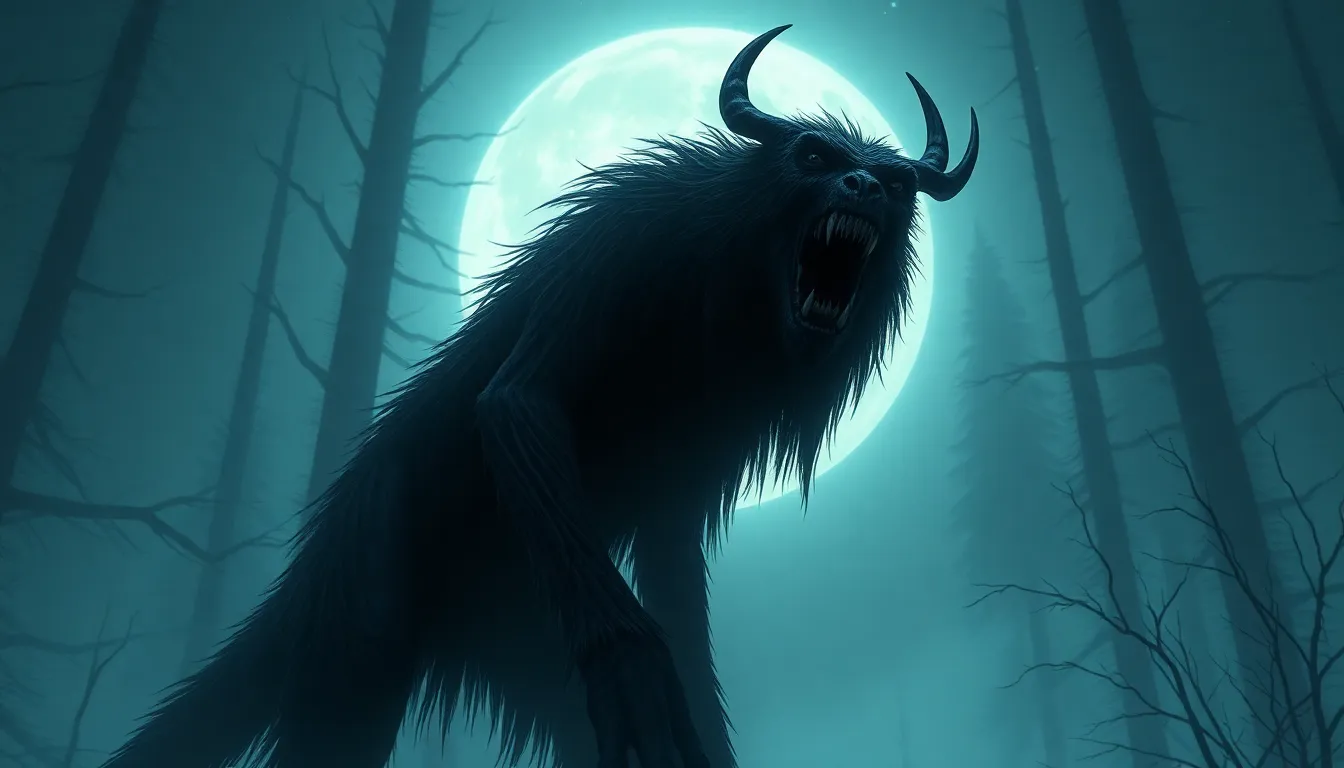The Legend of the Temple of the Condor: A Gateway to the Sky
In the heart of the Andes Mountains, nestled high above the clouds, lies a place of ancient mystery and spiritual significance. The Temple of the Condor, a sacred site revered by the Inca people, has long been shrouded in myth and legend. It’s a place where the earthly realm met the celestial, where the mighty condor soared through the heavens, and where the Inca sought guidance from the divine.
The legend of the Temple of the Condor speaks of a gateway to the sky, a place where the spirits of the ancestors could be accessed and where the Inca could commune with the divine. The temple, with its soaring walls and intricate carvings, was believed to be a sacred space, a place of pilgrimage and ritual. The condor, a majestic bird of prey known for its powerful flight, was seen as a symbol of the celestial realm and was deeply revered by the Inca people.
The Sacred Condor: A Symbol of Power and Majesty
The condor, with its impressive wingspan and soaring flight, held a special place in the Inca cosmology. In their beliefs, the condor was seen as a messenger of the gods and a powerful symbol of strength, freedom, and spiritual power. It represented the connection between the earthly and the celestial realms and was often associated with the sun god Inti.
The Incas believed that the condor’s ability to fly effortlessly through the sky reflected their own aspirations to reach the highest heavens and connect with the divine. The condor's sharp eyes were thought to possess the ability to see into the future, and its powerful talons symbolized strength and protection. The Inca believed that the condor had the power to communicate with the gods and bring wisdom and guidance to those who sought its blessings.
The Temple’s Location: A Mystical Site in the Andes
The Temple of the Condor is said to have been located in a high-altitude region of the Andes Mountains, likely in the vicinity of Cuzco, the Inca capital. The exact location is still shrouded in secrecy, although some researchers believe it might have been located near the Temple of the Sun, another sacred site of Inca worship. The high altitude, the rugged terrain, and the spectacular views from the Andes all contributed to the mystique and spiritual significance of the temple.
The chosen location for the temple, high above the clouds, was believed to be a place of power and purity, where the Inca could connect with the divine and access the wisdom of the ancestors. The temple was likely constructed in a place with panoramic views of the surrounding mountains, reflecting the importance of the sky and the celestial realm in Inca mythology.
The Myth of the Condor’s Flight: A Journey to the Divine
The myth of the condor’s flight is deeply intertwined with the legend of the Temple of the Condor. The condor was believed to be the only creature capable of reaching the highest heavens and returning to earth. This ability gave it a spiritual significance in Inca culture. According to Inca belief, the condor could fly to the celestial realm, the heavens where the gods resided, and return to earth with messages and blessings.
The temple served as a focal point for this myth. The Inca would gather at the temple to watch the condor’s flight, seeking guidance and inspiration from the powerful bird. They believed that by observing the condor’s soaring flight, they could connect with their ancestors and the divine realm. The myth of the condor’s flight embodied the Inca belief in the interconnectedness of the earthly and the celestial, and the sacredness of the sky and the mountains.
The Rituals of the Temple: Honoring the Condor and Seeking Divine Guidance
The Temple of the Condor was a place of pilgrimage and ritual for the Inca people. They would travel from far and wide to pay homage to the condor and seek guidance from the divine. The rituals performed at the temple were designed to honor the condor and the celestial realm.
These rituals often involved offerings of food, coca leaves, and other sacred offerings. The Incas would also perform dances and songs to appease the spirits of the ancestors and seek their blessings. They believed that the condor’s flight symbolized the journey to the divine realm, and the rituals were designed to connect them with the power and wisdom of the celestial world. The Temple of the Condor, with its unique blend of myth, ritual, and symbolism, played an important role in the spiritual life of the Inca people.
The Temple’s Connection to the Inca Empire: A Symbol of Imperial Power
The Temple of the Condor was more than just a sacred site for the Inca people; it was also a symbol of their imperial power and authority. The temple's grand architecture and the elaborate rituals performed within its walls served as a powerful reminder of the Inca's dominion over their vast empire.
The Inca Emperor, considered to be a descendant of the sun god Inti, was believed to be the ultimate authority on earth. The condor, as a symbol of the celestial realm, was thought to represent the Emperor's divine right to rule. The temple was used to reinforce this connection between the Emperor and the divine, and to legitimize his power in the eyes of his subjects. The Inca Empire, with its sophisticated system of governance and infrastructure, saw itself as a reflection of the order and harmony of the cosmos. The Temple of the Condor, with its majestic architecture and religious significance, embodied this vision of a unified and powerful empire under the guidance of the divine.
Theories about the Temple’s Purpose: A Place of Sacrifice, Astronomy, or Both?
The exact purpose of the Temple of the Condor remains a mystery, but many theories have been proposed. Some researchers believe that the temple may have been used as a place of sacrifice, where offerings were made to the gods and ancestors. Others suggest that it might have been an astronomical observatory, used to track the movements of the stars and planets.
The Inca people were known for their sophisticated understanding of astronomy, and many of their temples were aligned with the celestial bodies. The location of the Temple of the Condor, high in the Andes, would have provided clear views of the night sky. It's possible that the temple was used for both religious ceremonies and astronomical observations. The temple's architectural features, the location, and the rituals performed there all suggest a complex connection between the earthly and the celestial, suggesting a combination of astronomical observations and religious practices.
Exploring the Temple’s Architectural Features: Stonework and Symbolism
Archaeological evidence suggests that the Temple of the Condor was a grand and impressive structure, built with the same skill and precision that characterized other Inca temples. The walls of the temple were likely made of massive stone blocks, carefully fitted together without mortar, a testament to the Inca's architectural prowess.
The temple's design may have incorporated elements of symbolism, reflecting the Inca's deep connection to the natural world and the divine. The shape of the temple, the orientation of its walls, and the intricate carvings on its surface might have been designed to represent the condor, the sun, and other important elements of Inca mythology. While the Temple of the Condor has yet to be excavated, the architectural features of other Inca temples provide clues about the possible structure and symbolism of this lost sacred site.
The Temple’s Legacy: A Source of Inspiration and Mystery
Despite its obscurity, the Temple of the Condor continues to hold a powerful allure for modern-day visitors and scholars. The legend of the temple, with its blend of myth, ritual, and symbolism, has inspired countless stories and works of art. The temple's connection to the majestic condor, the sacred Andes Mountains, and the Inca Empire continues to fascinate and inspire.
The mystery surrounding the temple's exact location and purpose only adds to its allure. The Temple of the Condor serves as a reminder of the rich and complex culture of the Inca people and their deep connection to the divine. Its enduring legacy continues to inspire wonder and curiosity about the ancient world.
The Temple of the Condor in Modern Times: Preservation and Tourism
Despite the temple's status as a lost site, it remains a significant symbol of Inca culture and spirituality. Efforts are underway to preserve and protect the temple's legacy, including researching its history, documenting its mythology, and promoting understanding of its cultural significance. While the exact location of the temple remains unknown, researchers and historians continue to search for clues that might lead to its rediscovery.
The legend of the Temple of the Condor has also inspired a growing interest in Inca mythology and history. Visitors to Peru can learn about the temple, its mythology, and the Inca Empire through museums, cultural centers, and guided tours. The temple's story continues to inspire and inform, reminding us of the complex and fascinating history of the ancient world.
FAQ
Q: What is the Temple of the Condor?
A: The Temple of the Condor is a sacred site that was revered by the Inca people, located in the Andes Mountains of Peru. It was a place of pilgrimage and ritual, where the Inca sought guidance from the divine and honored the sacred condor.
Q: Where is the Temple of the Condor located?
A: The exact location of the Temple of the Condor is unknown, but it is believed to have been located in the vicinity of Cuzco, the Inca capital.
Q: What is the significance of the condor in Inca mythology?
A: The condor was a powerful symbol of the celestial realm in Inca mythology. It was seen as a messenger of the gods and a representation of strength, freedom, and spiritual power.
Q: What are some theories about the purpose of the Temple of the Condor?
A: Some researchers believe the temple was used for sacrifices to the gods and ancestors, while others believe it served as an astronomical observatory.
Q: What is the legacy of the Temple of the Condor?
A: The temple’s legacy is one of mystery and inspiration. It remains a powerful symbol of Inca culture and spirituality, and its story continues to fascinate and inform researchers and visitors alike.
Q: How can I learn more about the Temple of the Condor?
A: You can learn more about the Temple of the Condor by visiting museums, cultural centers, and websites that focus on Inca history and mythology. You can also research the Inca Empire and its sacred sites.



